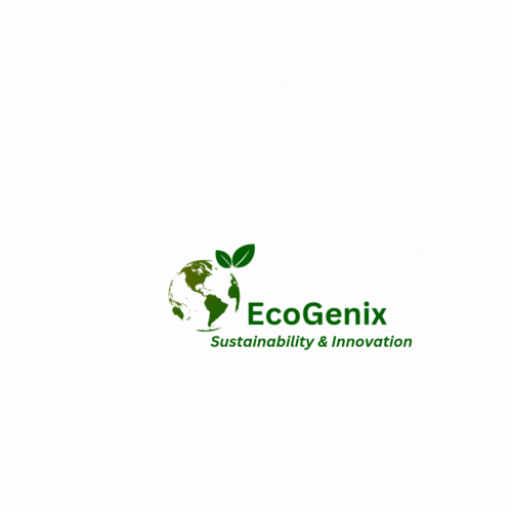Introduction
In an era defined by environmental challenges and a growing global population, the significance of sustainable agriculture and crop production cannot be overstated. As traditional farming practices strain our natural resources and contribute to climate change, the need for a paradigm shift towards sustainable methods has never been more urgent. This article delves into the key aspects of sustainable agriculture and explores how it is shaping the future of crop production.
1. Understanding Sustainable Agriculture:
Sustainable agriculture is a holistic approach to farming that focuses on long-term environmental health, economic profitability, and social equity. Unlike conventional farming, sustainable agriculture seeks to minimize its environmental impact, conserve natural resources, and support local communities.
2. Conservation of Resources:
One of the fundamental principles of sustainable agriculture is the conservation of resources. Farmers employ techniques like crop rotation, cover cropping, and agroforestry to enhance soil fertility, reduce erosion, and preserve water quality. Additionally, precision agriculture, which utilizes technology to optimize inputs such as water and fertilizers, plays a vital role in sustainable resource management.
3. Biodiversity Preservation:
Maintaining biodiversity is crucial for sustainable agriculture. Diverse ecosystems provide natural pest control, reduce the need for harmful pesticides, and enhance soil resilience. Farmers adopting sustainable practices often create habitats for beneficial insects, birds, and other wildlife, fostering a balanced and self-sustaining agricultural environment.
4. Climate-Resilient Farming:
Climate change poses significant challenges to agriculture, including extreme weather events and shifting precipitation patterns. Sustainable agriculture addresses these challenges by promoting climate-resilient crops, improving water management systems, and implementing climate-smart agricultural practices. These adaptations help farmers mitigate risks and ensure consistent crop yields.
5. Organic Farming and Agroecology:
Organic farming, a prominent component of sustainable agriculture, emphasizes soil health and avoids synthetic chemicals and genetically modified organisms. Agroecology, another related approach, integrates ecological principles into agricultural systems, emphasizing the importance of local knowledge and farmer innovation. These methods promote self-sufficiency and reduce the reliance on external inputs.
6. Empowering Local Communities:
Sustainable agriculture not only benefits the environment but also empowers local communities. By supporting small-scale farmers, promoting fair trade practices, and encouraging local consumption, sustainable agriculture fosters economic growth and social equity. Community-supported agriculture (CSA) models and farmers’ markets connect consumers directly with local producers, creating a mutually beneficial relationship.
7. The Role of Technology:
In the digital age, technology plays a pivotal role in advancing sustainable agriculture. Innovations such as precision farming, sensor-based monitoring, and data analytics enable farmers to make informed decisions, optimize resource use, and minimize waste. Furthermore, biotechnology research focuses on developing drought-resistant and pest-resistant crops, enhancing the resilience of agricultural systems.
Conclusion:
Sustainable agriculture and crop production are not mere buzzwords; they are the keystones of our agricultural future. By embracing these practices, we can ensure food security, preserve our natural heritage, and promote a healthier planet for future generations. As consumers, policymakers, and global citizens, supporting sustainable agriculture is not just a choice; it is a collective responsibility toward a more sustainable and equitable world
ARTICLE BY: WAYNE TOTA
Food Security and Climate Change
waynetota9@gmail.com
0601133196239
Visit for more articles:
https://sites.google.com/view/foodsecure-sustain-agriclimate/home.

Leave a Reply